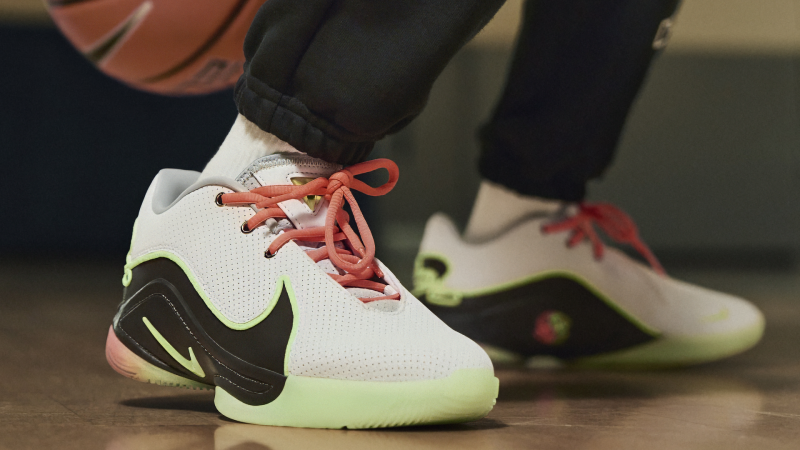Projecting Matt Garza at Wrigley Field
Posted By
Albert Lyu On January 14, 2011 @ 3:00 pm In
Daily Graphings |
No Comments
The addition of
Matt Garza to the Cubs rotation looks like an upgrade in a vacuum. On the surface, Garza appears to be a decent pitcher, holding a sub-4.00 ERA with a healthy 200+ innings each of the past two seasons. A young pitcher heading into his prime years, Garza does sport a varied pitch repertoire while relying mostly on his mid-90s four-seam fastball. Yet, though Garza may be a staple in the Cubs rotation and more reliable than the enigmatic
Carlos Silva, he is anything but a potential ace in a rotation absent of aces.
As Dave Cameron explained, Garza’s approach in relying heavily on four-seam fastballs comes at the risk of surrendering home runs, and his relatively low home-run to fly-ball ratio for a fly-ball pitcher is one factor for his sub-4.00 ERA seasons. What I am concerned about is what I feel some optimistic Cubs fans (yes, they exist) are ignoring: Garza’s fly-ball tendencies are ill-suited for Wrigley Field, and his Tropicana-depressed HR/FB ratio will be exposed in 2011.
Take a look at Garza’s batted-ball home/away splits the past three seasons:
Garza 2009 Home: 0.87 HR/9, 40.8% GB%, 41.8% FB%, 8.5% HR/FB
Garza 2009 Away: 1.42 HR/9, 38.4% GB%, 43.3% FB%, 12.3% HR/FB
Garza 2010 Home: 1.04 HR/9, 30.4% GB%, 47.3% FB%, 8.5% HR/FB
Garza 2010 Away: 1.40 HR/9, 39.9% GB%, 42.8% FB%, 11.3% HR/FB
I see two concerning trends here. First, Garza is becoming more and more of a fly-ball pitcher, having increased his FB% and decreased his GB% every season since 2007 with the Twins. This may have been an intentional adjustment by the Rays’ pitching staff to exploit Tropicana’s deep center and minimize skidding ground balls over FieldTurf (and if so, it was a smart move). Such a strategy will not work at Wrigley Field.
Second, though Garza has become less of a fly-ball pitcher on the road, he has a much higher home-run rate as well as a hazardous HR/FB ratio. If road pitching numbers are more indicative than that of outings at Tropicana Field, Cubs fans in the bleachers should expect long balls from the pitcher who allowed 28 home runs in 2010, third among AL starters.
If that doesn’t convince you, take a look at the following diagram taking Garza’s batted balls at Tropicana Field in 2010
mapped on to Wrigley Field:

Feel free to click on the image to enlarge it while comparing to the
same plot over Tropicana Field. The image above shows that a couple of fly outs and doubles toward center field would have potentially gone out of the park. Important note: these plots are taken from Gameday hit-location data, which track where the ball was
fielded and not where the ball initially landed. But even if we eliminate the singles and doubles, several fly outs that occurred in straight away center (engulfed by Tropicana’s deep territory) would have hit Wrigley’s warning track. And every baseball fan who has been to Wrigley Field knows that it exhibits unusual wind patterns, especially when the wind blows out and toward Lake Michigan. You can connect the rest of the dots from there.
What this spells out is that Garza must diminish his fly-ball tendencies that worked at Tropicana Field in order to prevent a spike in home runs allowed at Wrigley. Garza has the secondary pitches to complement his four-seam fastball, but may have to develop a strong out-pitch in order to get more batters to whiff. The power hitters of the NL Central division would be well-advised to expect high heat and swing away if the Cubs don’t adjust Garza’s approach. The ubiquitous (FanGraphs author!)
Jonah Keri also adds that Garza’s extreme fly-ball trends benefited from the Rays’ outfield defense, which the Cubs’ outfield falls very short of.
Garza is the odd one out in a starting rotation filled with sinkerballers and ground-ball pitchers such as
Ryan Dempster and
Carlos Zambrano. And just as the Cubs need to field a better infield defense behind the rest of the rotation, Garza has to produce alternative batted-ball tendencies.
As a final nail-in-the-coffin argument, take a look at the tendencies of two similar starting pitchers:
Garza ’10: 6.60 K/9, 2.77 BB/9, 1.23 HR/9, 44.7% FB%, 10.0% HR/FB, 4.51 xFIP
Pitcher A: 5.22 K/9, 2.52 BB/9, 1.67 HR/9, 41.0% FB%, 13.3% HR/FB, 4.70 xFIP
Pitcher B: 6.23 K/9, 3.07 BB/9, 1.42 HR/9, 41.2% FB%, 11.6% HR/FB, 4.66 xFIP
Relatively similar numbers for the most part, no? Except that homer-happy Pitchers A and B are
Rodrigo Lopez and
Kevin Millwood, members of the 5.00 ERA club still toiling in the free agent market looking for work. Don’t be fooled by Garza’s deceptive ERA numbers. If Garza’s batted-ball splits remain the same during the 2011 season, expect to see his overall home-run rate increase closer to his away splits, which are dangerously close to Lopez and Millwood territory.
(h/t to this awesome
MLB Gameday BIP Location tool for mapping batted balls on top of any ballpark)






